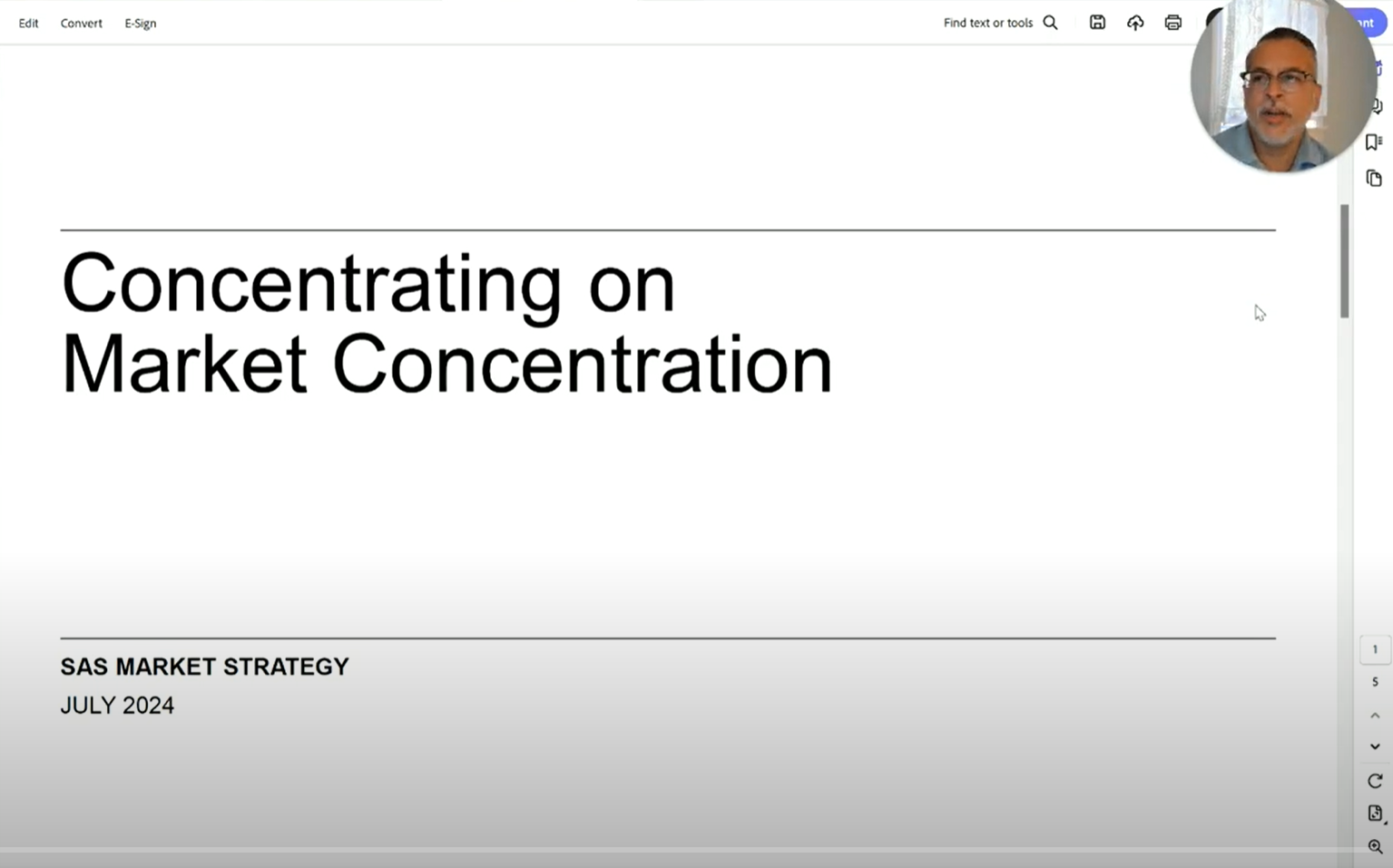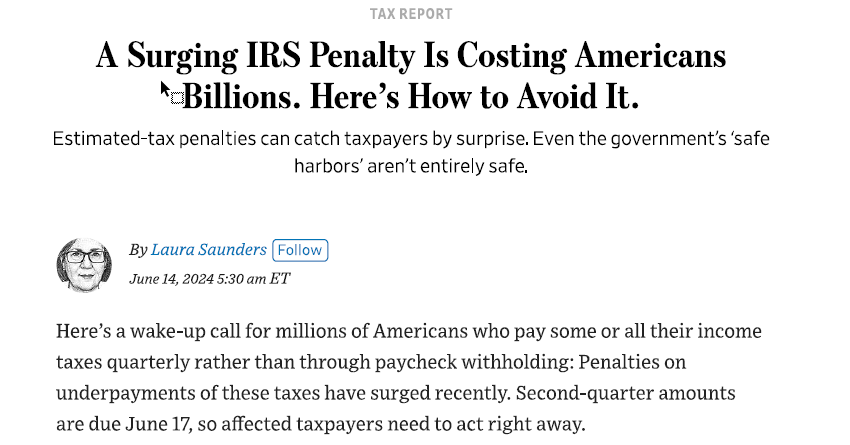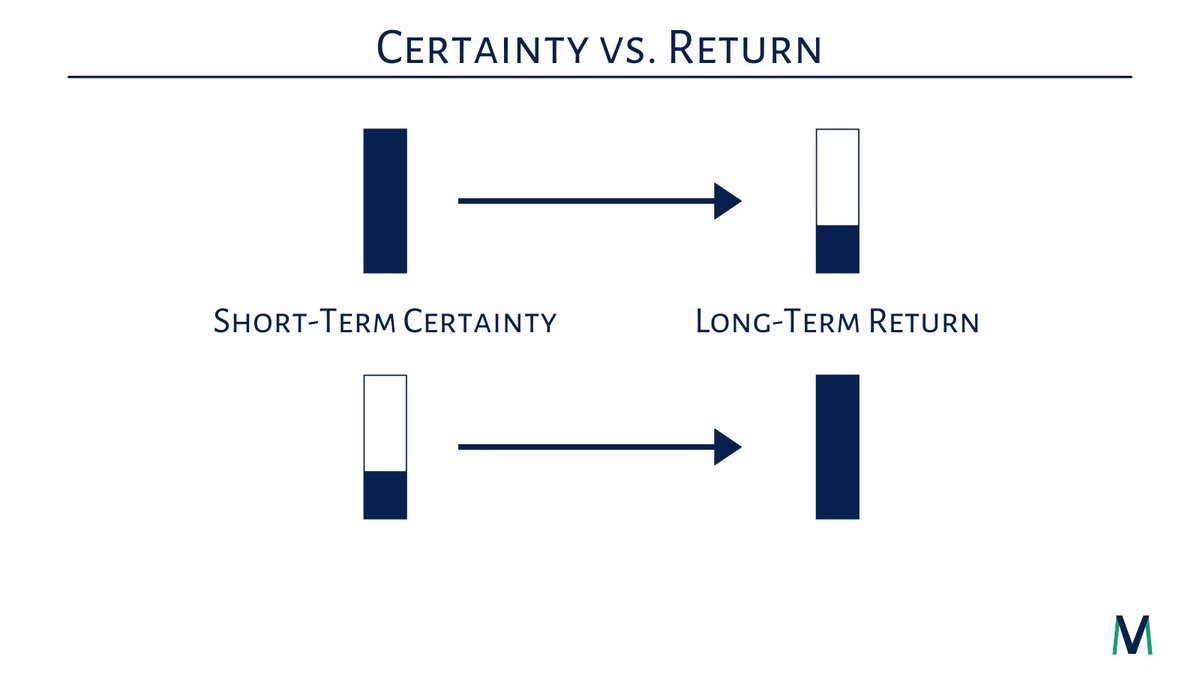The ability of traditional Mutual Fund stock-pickers to deliver out-performance has been decaying for 2 decades. A recent WSJ editorial by renowned finance scholar Burton Malkiel sites the most recent stats published by Standard-&-Poor’s and they are absolutely ugly.
•“More than 90% of active US managers under-performed their benchmark indexes over a 15-year period.”
•“Over 85% of small-cap managers under-performed the S&P Small-Cap Index.”
•“Since 2001, 89% of actively managed International funds had inferior performance. “
•“Even in less efficient Emerging markets, index funds outperformed 90% of active funds”
The total value of US public stocks is worth 25 Trillion dollars, and though active stock-picking funds still dominate with market share at around 67%, over the last 5 years their share has declined by 12%. In terms of new money flows, the Market-Tracking index products have been taking 75-80% of the available dollars. This is partly a reflection of younger investors’ skepticism of stock-pickers.
The slow decline in stock-pickers’ overall market share is surprisingly modest when you realize how bad their collective performance has been for so long. So, what gives? What does the market, in its collective wisdom, see in sticking with their mutual fund managers?
The reasons for this apparent puzzle are many, but can be distilled to 3 main drivers. First, many savvy investors (or their advisors) understand the benefits of switching out of long-held under-performing Mutual Funds but the large embedded gains of the 9-year bull market make a lump-sum disposal very expensive tax-wise. But what will happen when the next bear market slices the paper gains? …. My guess is that the rotation from Mutual Funds to Market-Tracking funds will accelerate.
The other two drivers of Mutual Funds’ persistence have to do with dynamics best seen through the lens of behavioral economics. Since Mutual Funds’ – at scale – generate unusually large profit streams, Bank and Brokerage Advisors have always had a financial incentive to favor high-fee Mutual Funds in constructing client portfolios. Advisors taking heat from clients unhappy about their Mutual Funds’ relative performance have grown very adept at framing the performance discussion away from the Index and instead focusing on ‘peer rankings’ which often flatter their own selection if only because the peers’ numbers are even worse versus the Index. There are other framing tactics employed to divert attention from the core problem… but we will discuss at another time.
Finally, this puzzle can’t be fully grasped without an understanding of our typical investor’s beliefs, blind-spots and biases. Many successful professionals and business owners – especially of a certain age – have a mental template of the financial markets as being complex and decipherable only by a select class of hand-picked intellectuals. This template arguably took a beating after the 2008 meltdown, and yet it dies hard, and still enough investors want to believe the stories of stock-picking heroics that wall street peddles.
The best one I’ve heard yet is that all these years of under-performance in the bull phase of the cycle is a small price to avoid the full fury of the bear phase. For my personal friends in the Mutual Fund business, I hope they can deliver a big (enough) dollop of downside protection… but I’m skeptical and will respectfully decline to take this bet.













